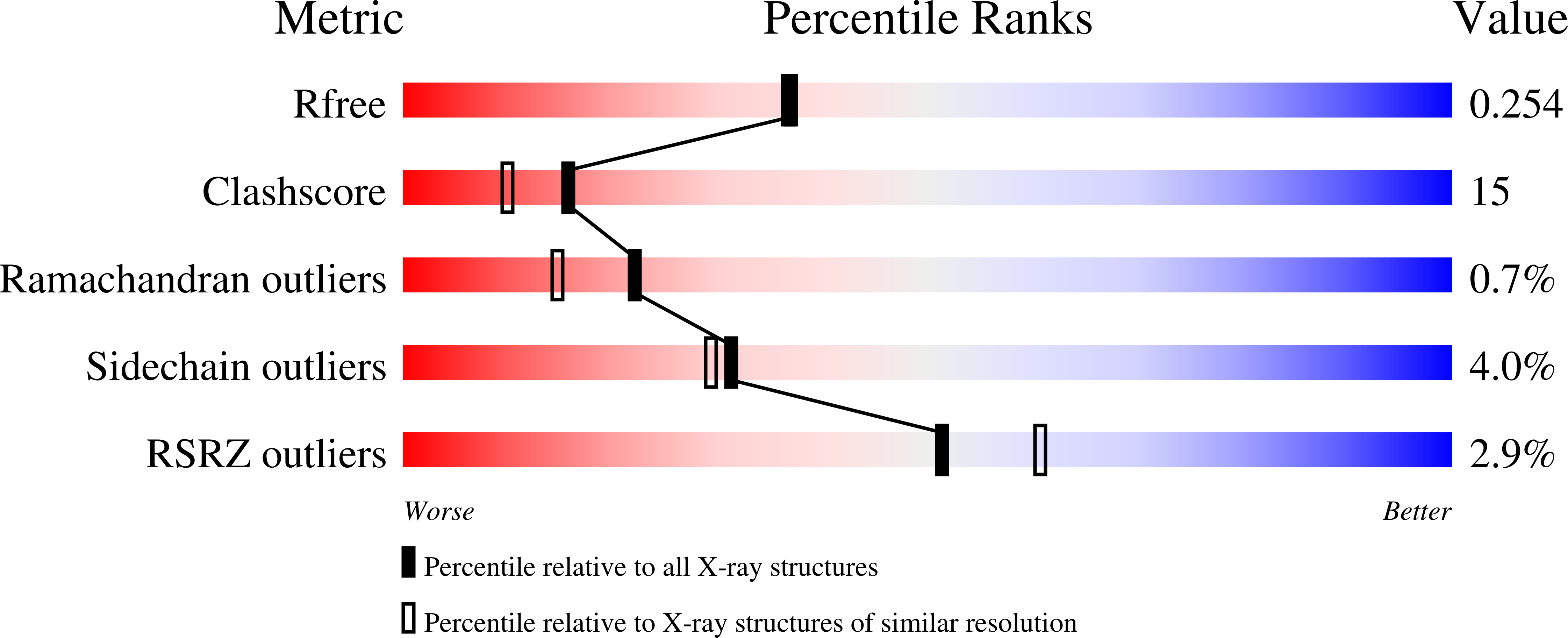
Deposition Date
2003-10-24
Release Date
2004-08-17
Last Version Date
2024-10-16
Method Details:
Experimental Method:
Resolution:
2.15 Å
R-Value Free:
0.25
R-Value Work:
0.18
Space Group:
P 1 21 1


